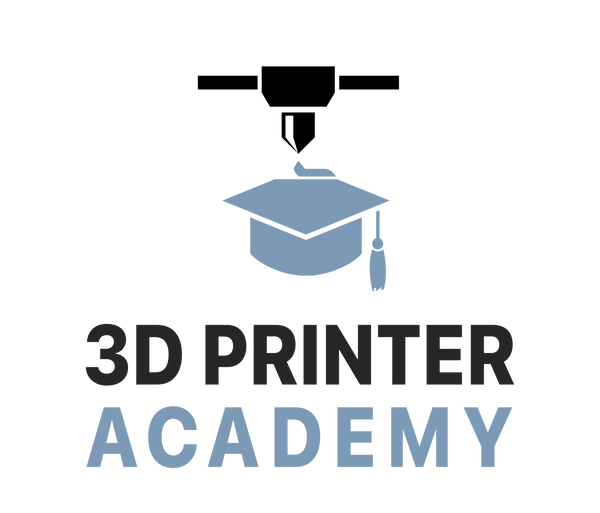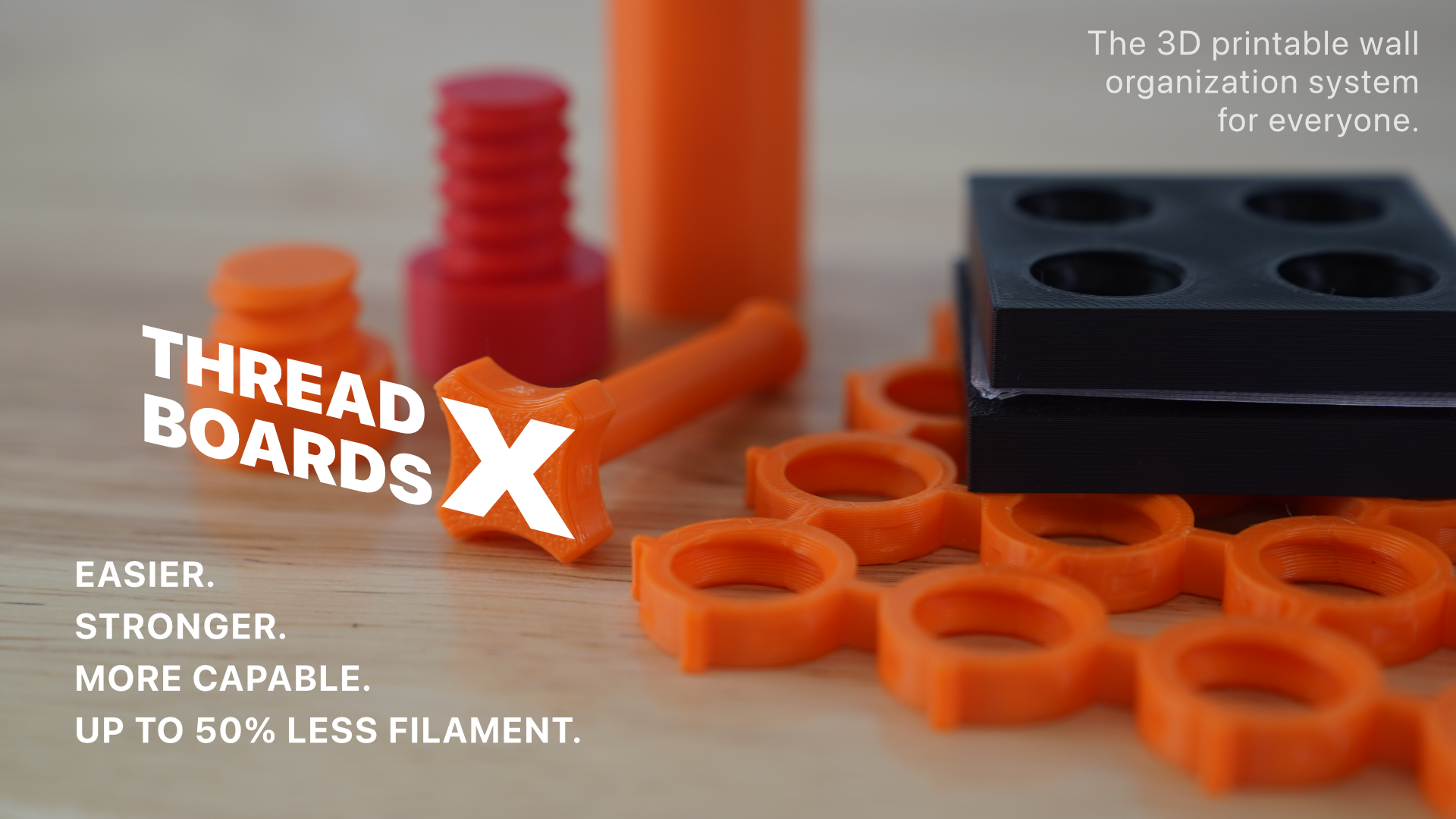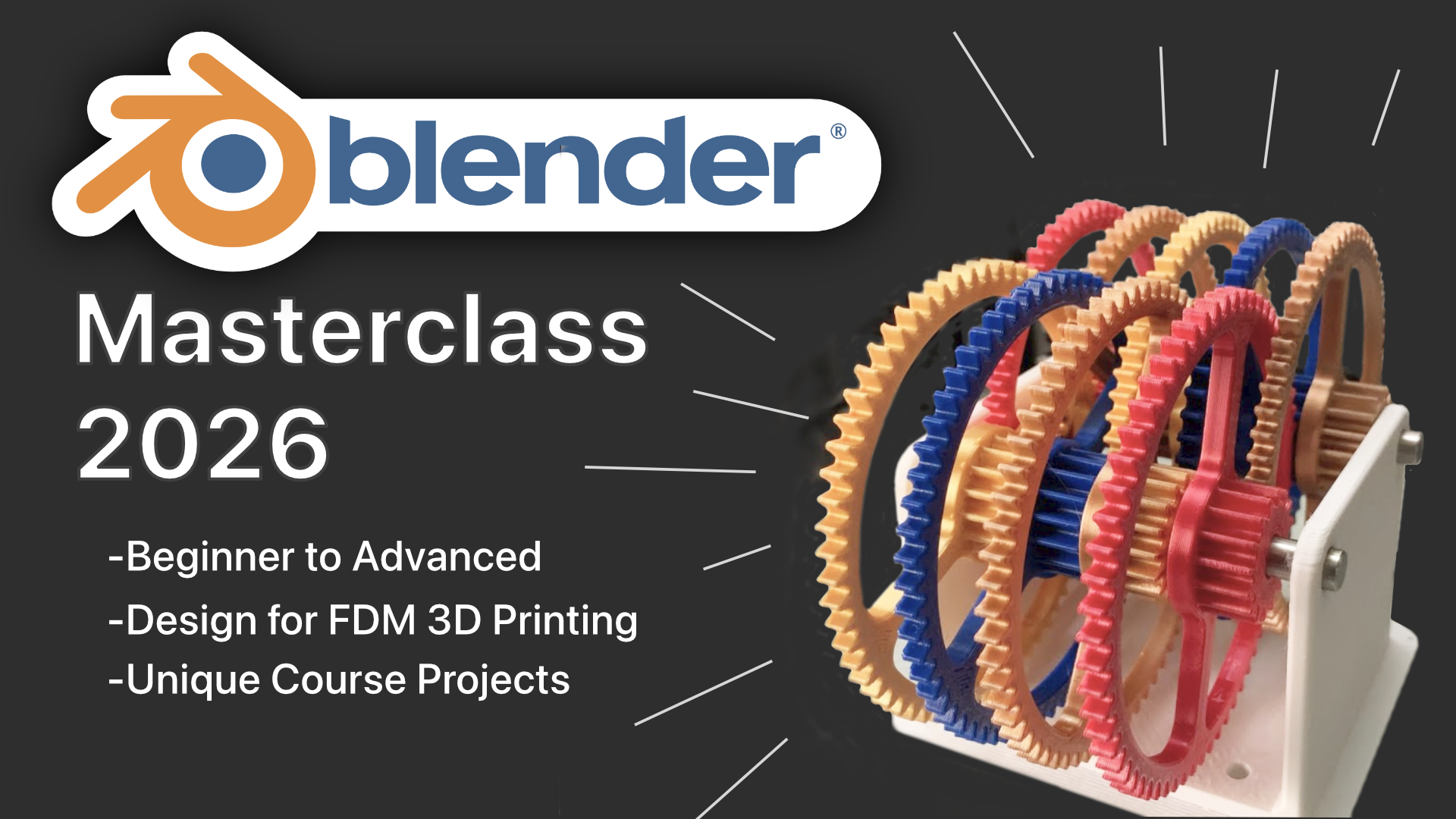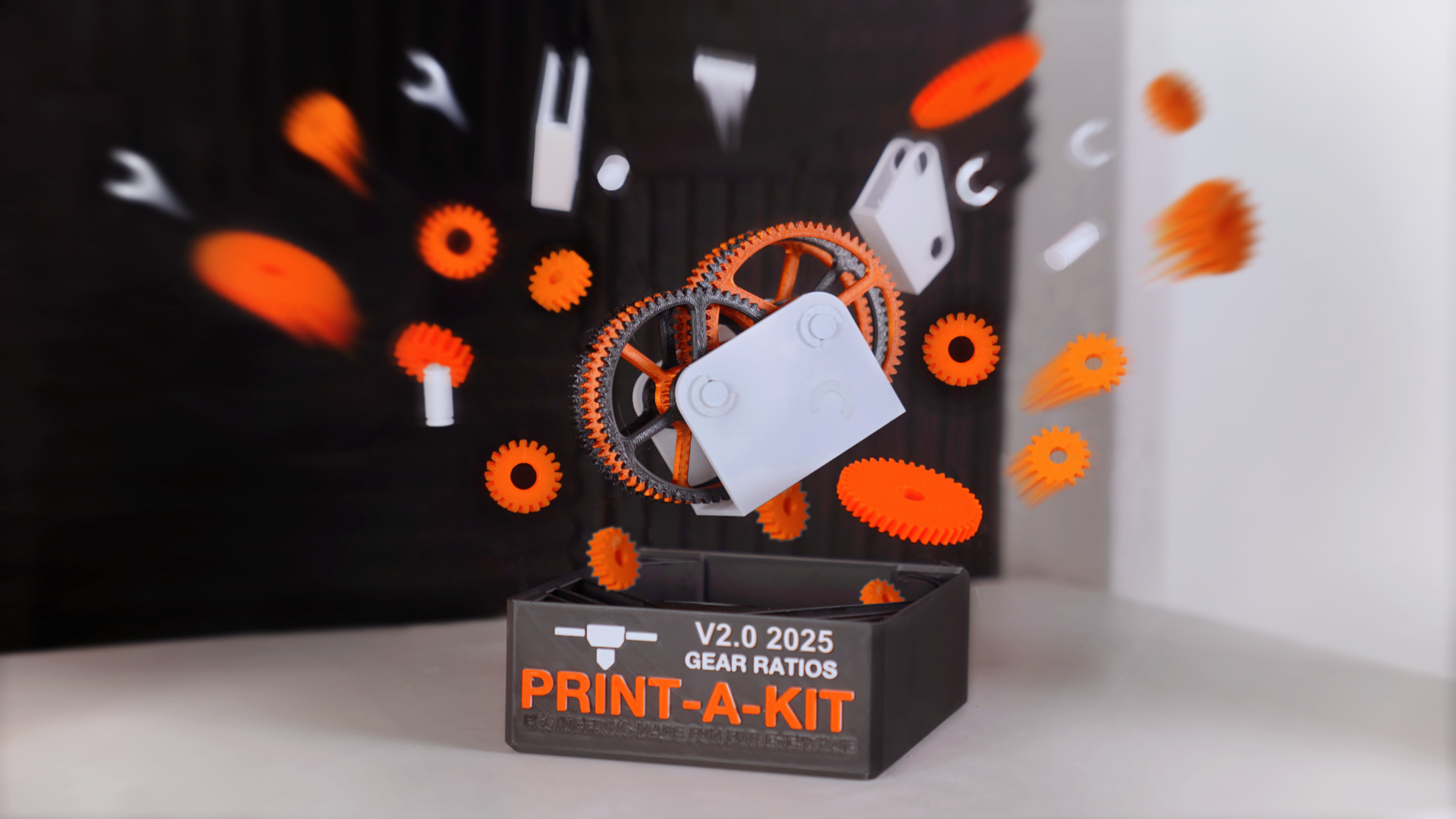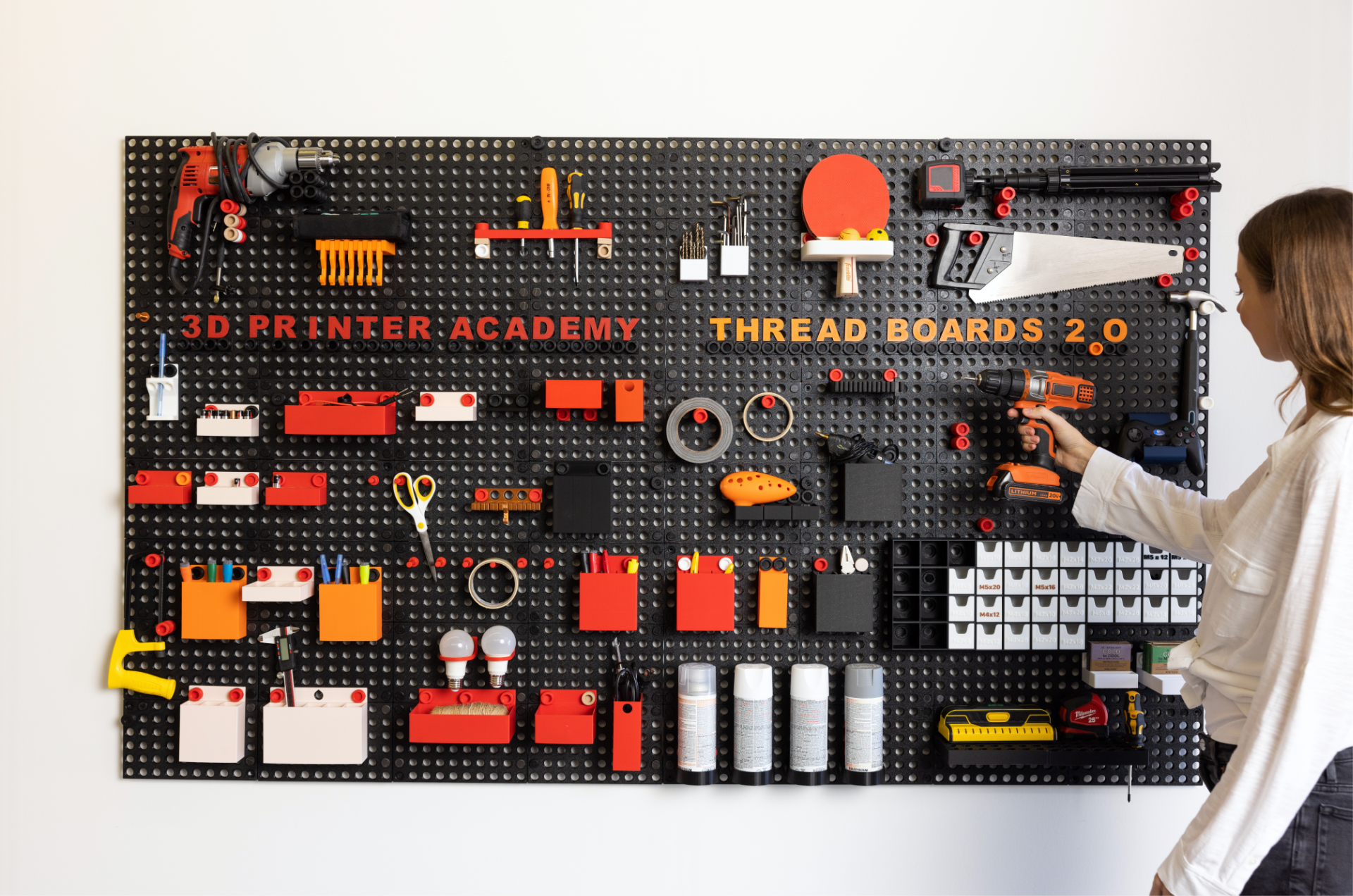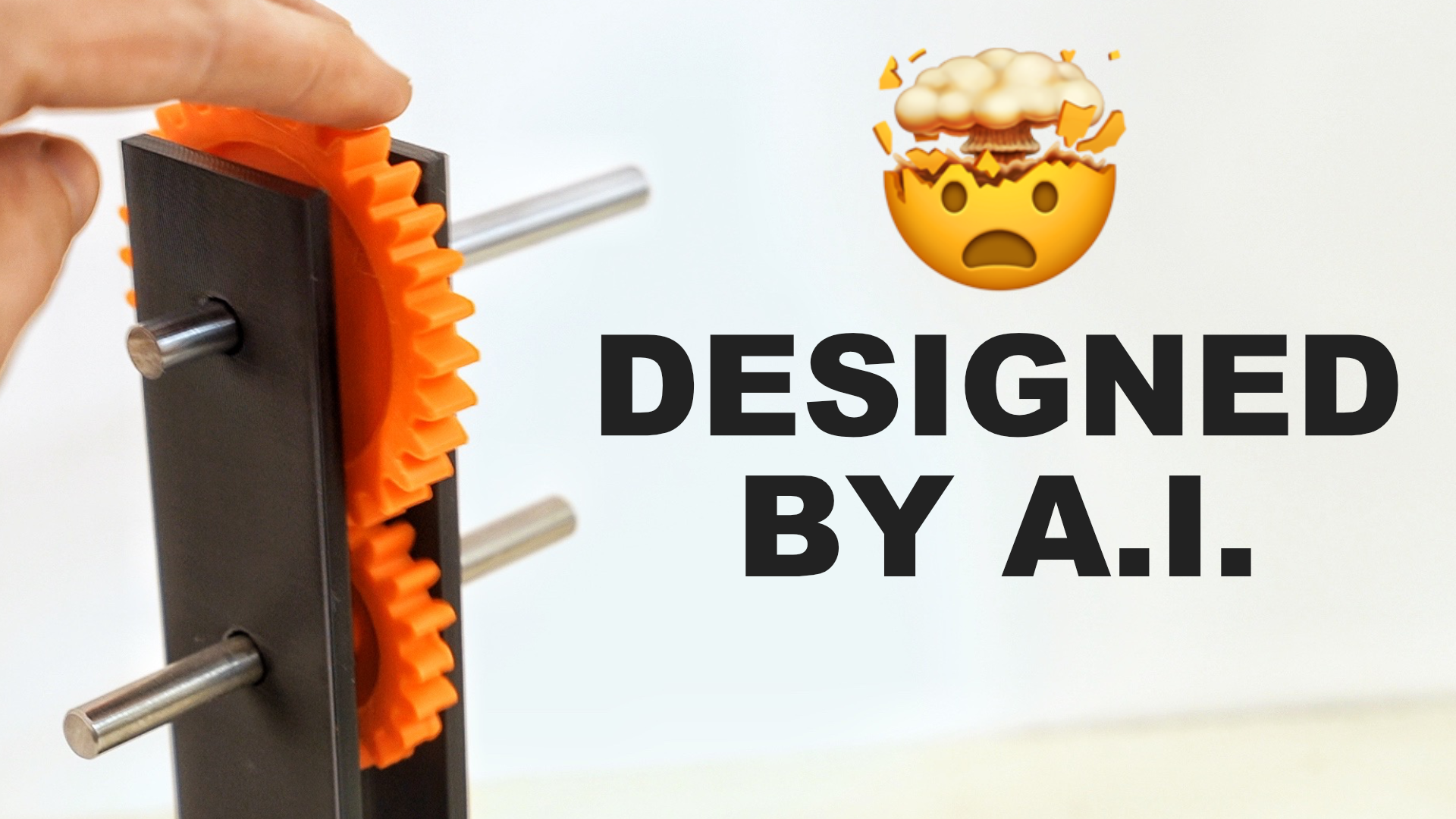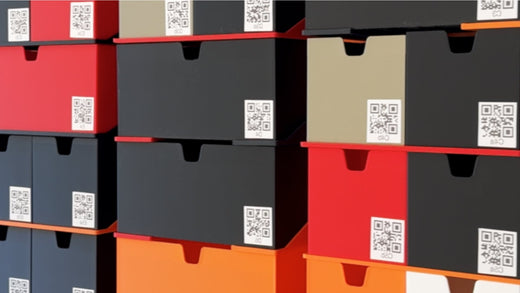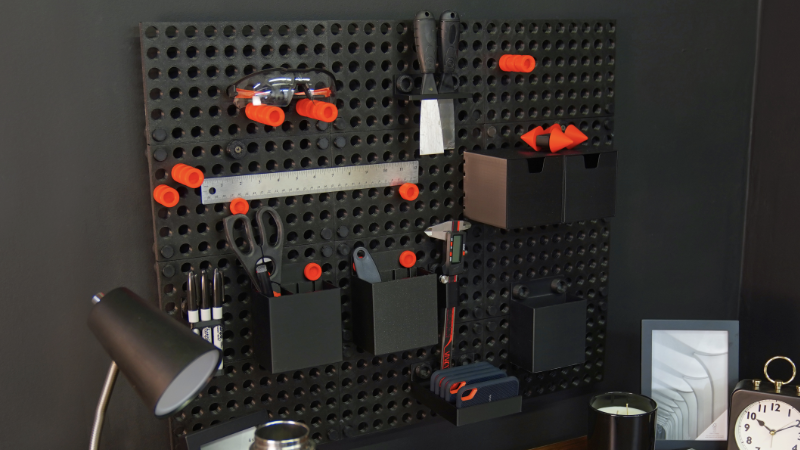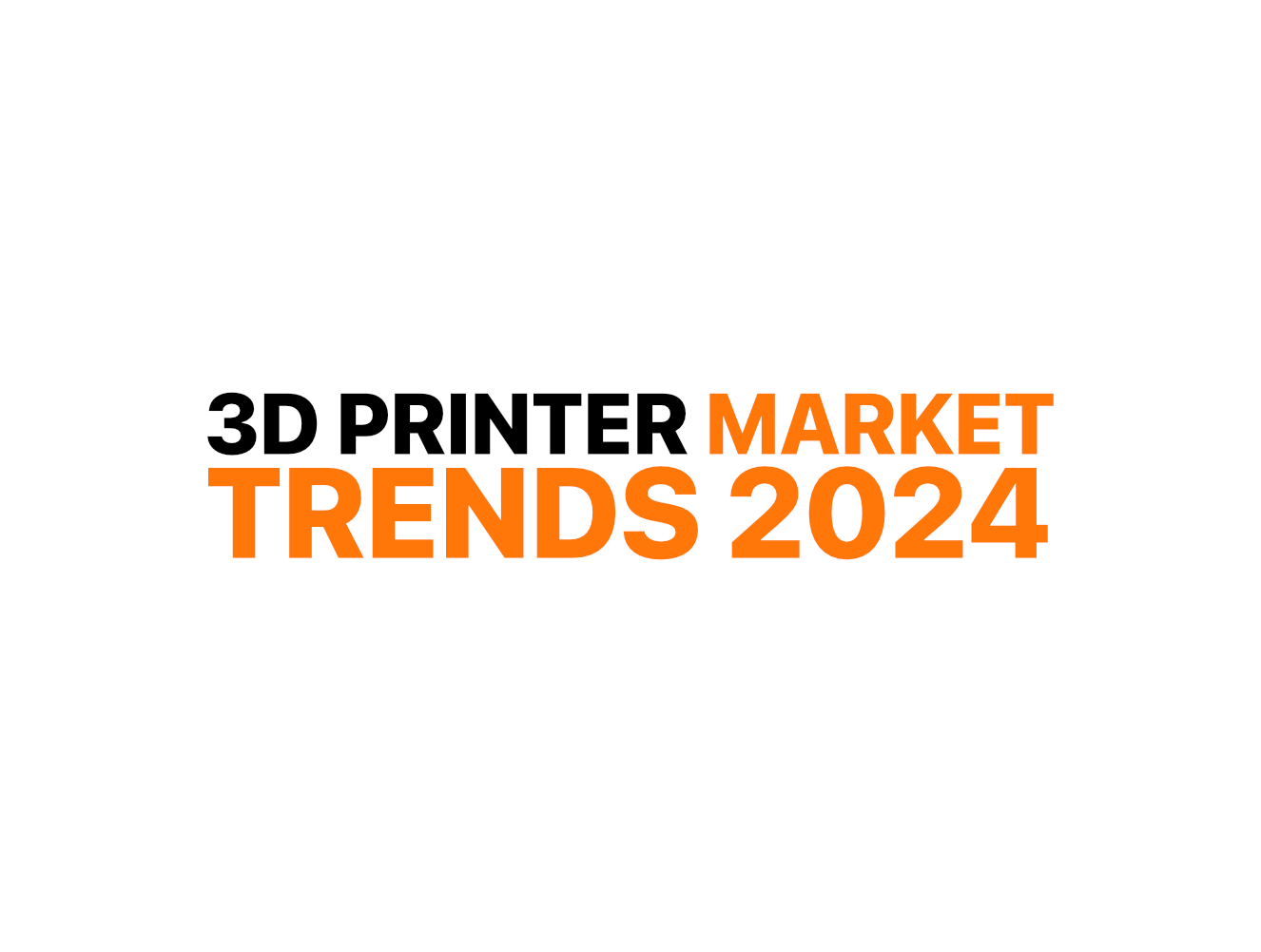Prusa Leans into Industrial Market to Diversify Business
Due to the recent surge in competition within the consumer 3D printing market, Prusa has decided to pivot towards the industrial sector to diversify its offerings. Joseph Prusa, however, is keen to avoid confusing consumers and to reassure them that this move doesn’t signify a complete shift to an exclusively industrial market. Nonetheless, this change indicates that their previously significant competitive edge may be diminishing. New competitors, such as Bambu Lab, have captured a considerable portion of the market share, undoubtedly impacting Prusa's revenue.
"I have no intention of making a sharp turn towards an industrial-only company, however, an expansion to another segment makes a lot of sense." -Josef Prusa
While this strategic move towards the industrial sector seems logical from a business perspective, it raises questions about how it will affect Prusa's brand identity. It's important to note that there are two distinct entities: Prusa Research and Prusa Pro. The Pro lineup, although innovative, doesn't seem to possess the same appeal as their consumer-grade machines.
Prusa Pro
So, what does Prusa Pro offer? At this year's Formnext 2023, they showcased two of their industrial 3D printers: The HT90, a high-temperature, delta-style FDM printer, and the SLX, a 12K slab 3D printer compatible with biocompatible resins.
In addition to these printers, Prusa Pro also introduced the latest version of their Automatic Farm System (AFS).
Prusa's Industrial 3D Printer Lineup
HT90:
The Prusa Pro HT90 is a high-performance, large format delta kinematics 3D printer, ideal for engineering needs. It boasts a heated chamber reaching up to 90°C, HEPA filtration, and a nozzle temperature up to 500°C, suitable for high-temperature materials like PCCF or PA11CF. This printer is notably efficient in printing with PEI and PEKK-CF, making it an affordable option for these materials. It's also extremely fast when printing with PLA, PETG, or ABS, and doesn't require opening the front door for ventilation, thanks to its high-pressure turbine cooling. This feature makes it excellent for ultra-fast prototyping across various industrial applications. The HT90 can print 1 kg of PETG or ABS filament in less than 8 hours. The version displayed at Formnext is a production-ready prototype, with full production set to commence soon.

SLX:
The Prusa Pro SLX is a next-generation MSLA 3D printer, currently in development following the release of the SL1S Speed. It boasts several unique features not yet available in other SLA printers, though specific details are yet to be revealed. Key features include a 12K MONO LCD panel for ultra-fine printing, a signature vat tilting mechanism for rapid layer transitions, and automated material handling. Additionally, the team behind the SLX is also responsible for the Prusa Pro Medical One, a certified SLA printer designed for biocompatible resins. This printer, showcased at Formnext the previous year, is already in production and has been integrated with Exocad, a leading CAD software for digital dentistry.

AFS:
The latest version of the Prusa Pro AFS, or Automatic Farm System, was initially presented as a concept at Expo Dubai and later as a developer prototype at Formnext 2022, is now showcased as a production unit prototype with new features. A notable addition is the Intelligent Shelving System, which enhances efficiency and organization. After a print job is completed, a robotic arm transfers the print sheet to a modular shelving system, accounting for the print's height to optimize storage space. The system also incorporates full print traceability, using QR codes on the print sheets, and an optical monitoring system equipped with image recognition for automatic detection of print issues. Furthermore, the AFS is operated by an in-house farm management system, Prusa Connect, which was originally developed for the AFS and is currently available for use.

How was Prusa able to get into the industrial 3d printer market?
On November 15, 2021, Prusa Research, led by Czech entrepreneur Josef Průša, announced its acquisition of an 80% stake in Trilab, a Czech company specializing in 3D printers for the corporate sector. This announcement was made at the Formnext exhibition in Frankfurt, Germany. Trilab, established in 2016 by Vojtěch Tambor and Michal Boháč, will continue operating under its brand, now as "Trilab - A Prusa Research Company."
Prusa Research, known for its hobbyist-oriented, open-source 3D printers, seeks to diversify its product range with Trilab's high-quality, corporate-focused printers. Trilab's distinctive delta kinematics technology offers a different approach compared to Prusa's cartesian design, enabling higher speed and accuracy.
Trilab's flagship printer, the AzteQ Industrial, is notable for features like an actively heated print chamber, replaceable parts, and remote management capabilities, handling advanced materials for large and durable prints.
The acquisition enables synergies between the two companies, especially with the use of Prusament advanced materials in Trilab printers. Both companies plan to share development, business, and marketing insights, leveraging their respective strengths in B2C systems and international business partnerships.
This move is part of Prusa Research's strategy to expand its business-oriented offerings
This raises an important question: Is this shift indicative of a declining market share or a weakening competitive edge for Prusa? It's uncertain whether this strategy will ultimately benefit the brand or prove detrimental. The true impact of these changes will become clear as time unfolds.
